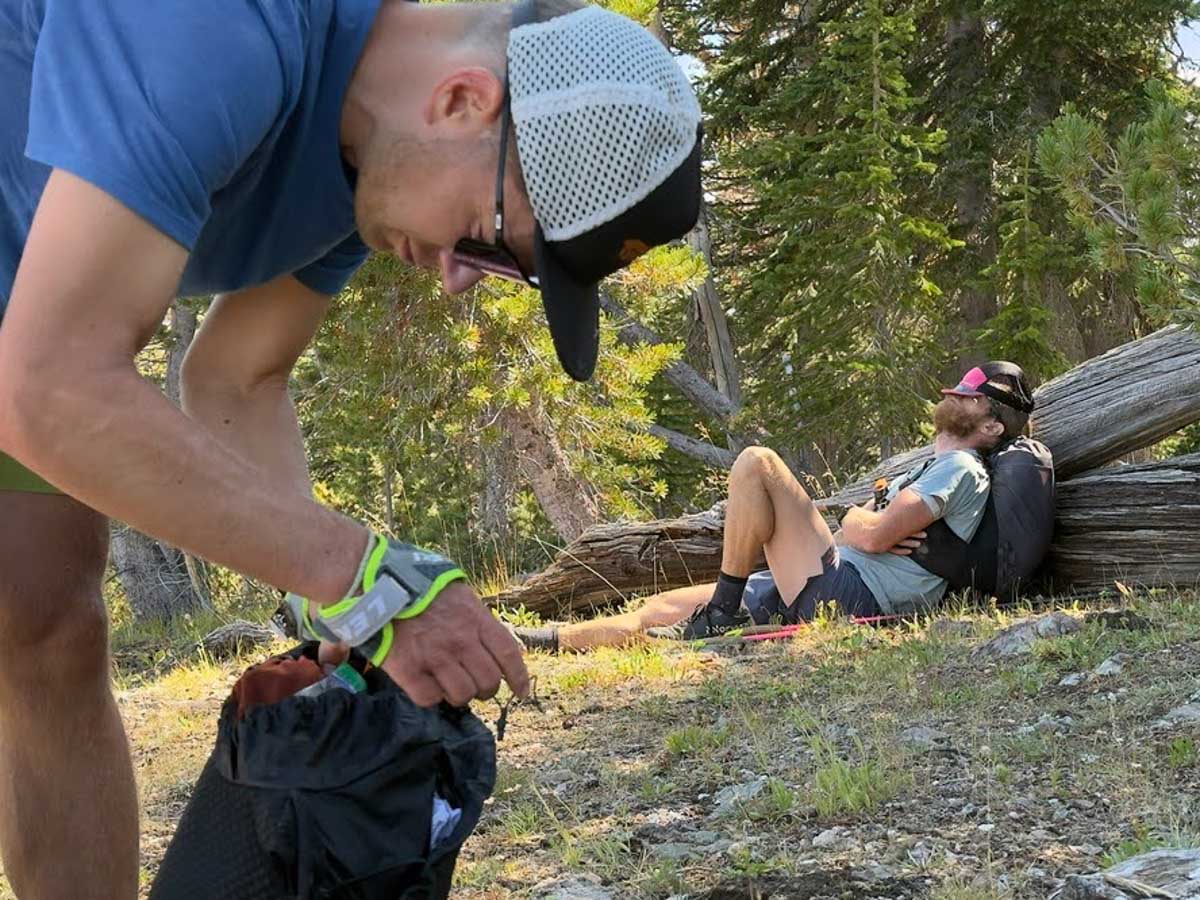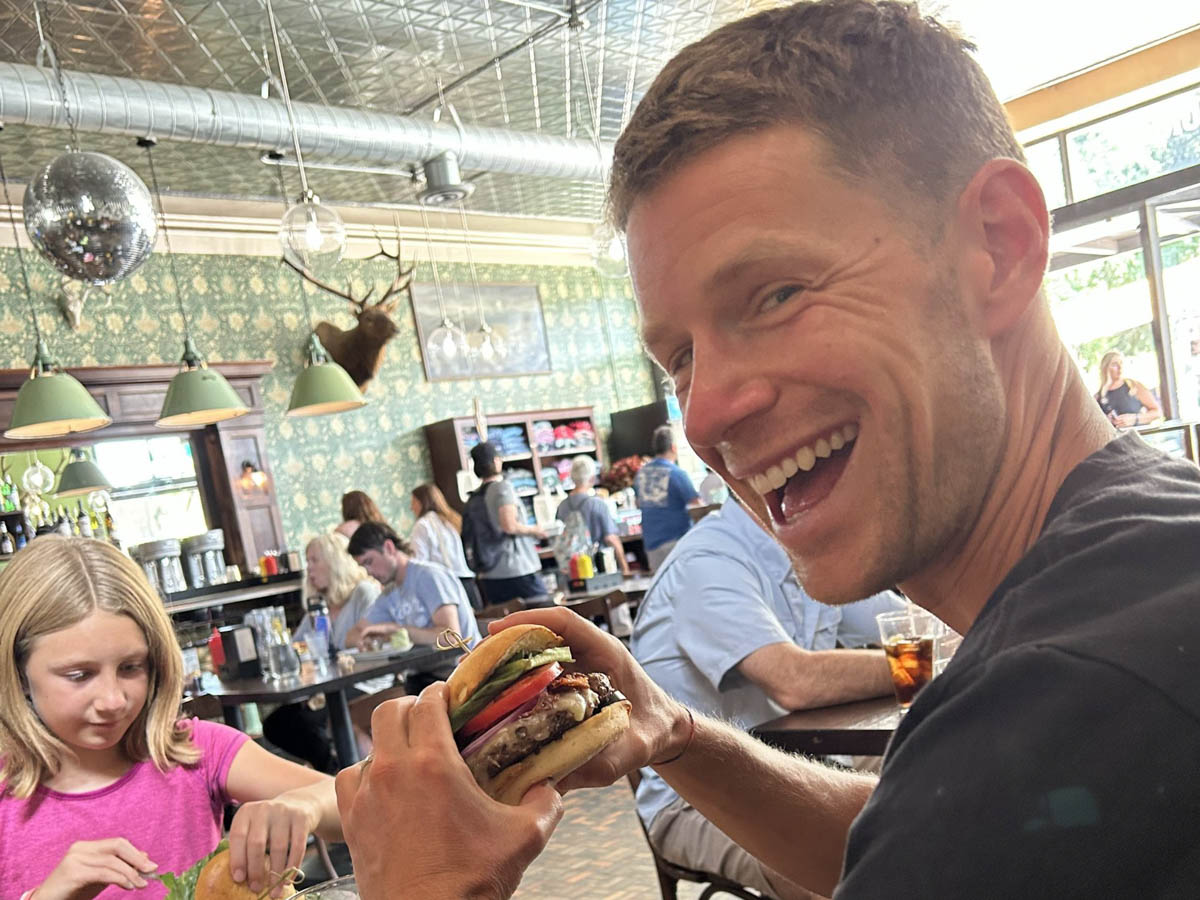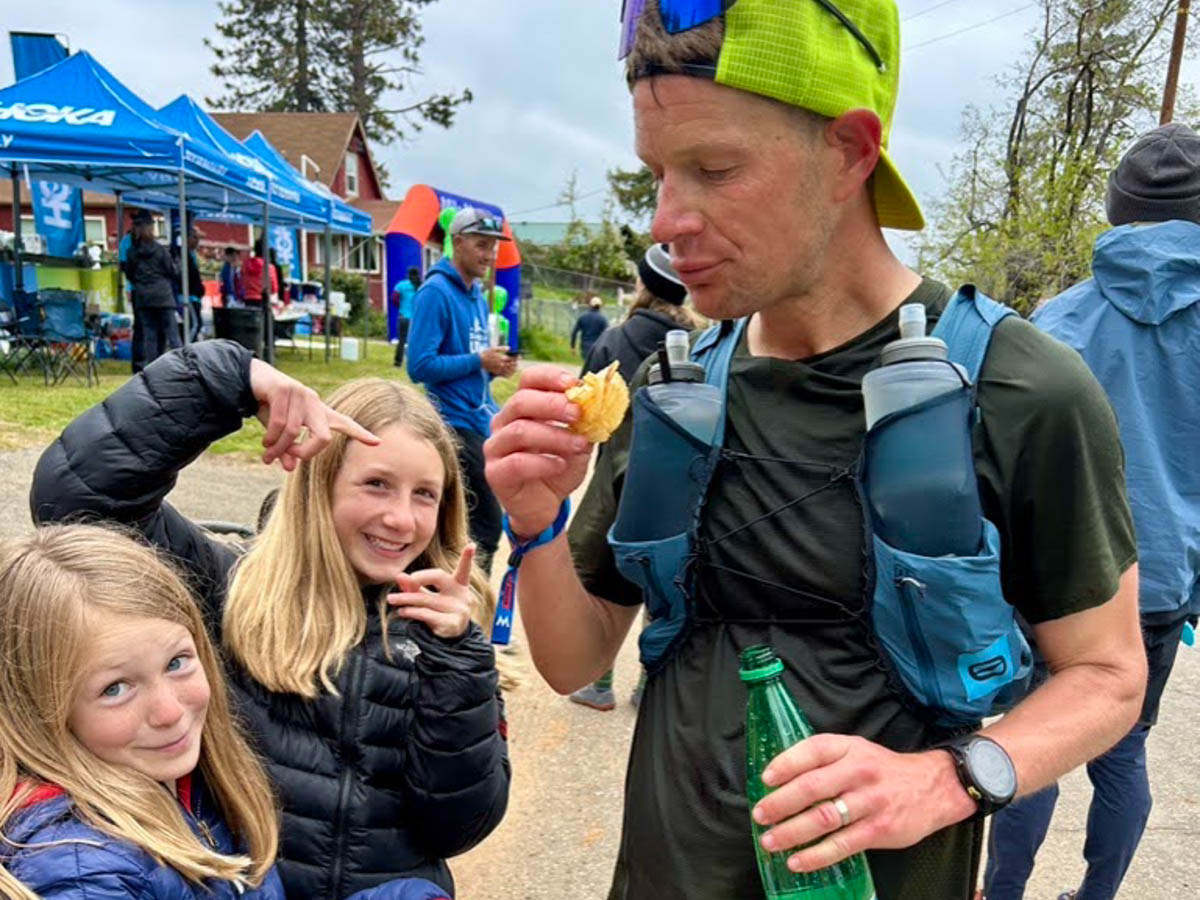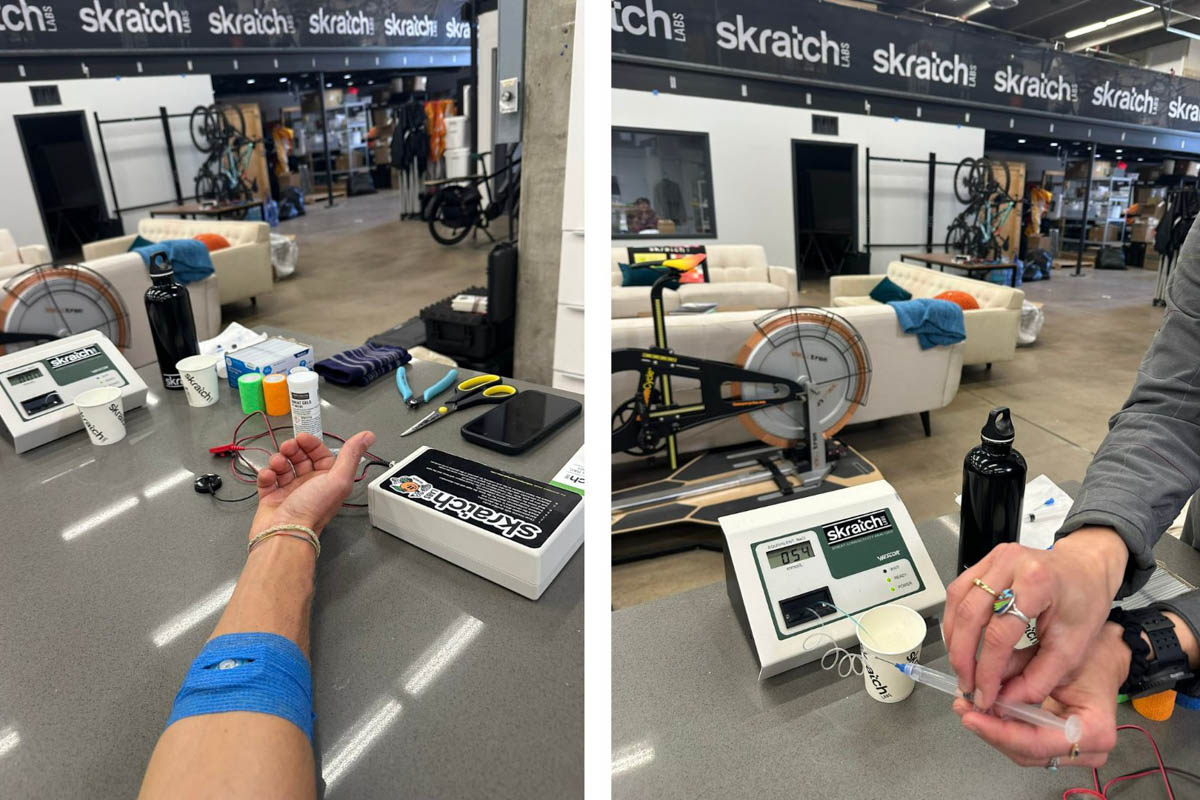In this monthly article series, ultrarunner, race director, and coach Gabe Joyes answers reader questions about anything and everything running. Learn more about this ask-the-athlete column, and be sure to fill out the form below to submit your questions for a future article!
In this article, Gabe answers questions about how to reframe your effort when the outcome isn’t as you’d hoped, how to avoid palate fatigue during long efforts, learning about sweat rate, and more.
Gabe’s Tip of the Month
“That run felt harder than it should have.”
Have you ever uttered this statement after a run? Let’s break it down for a moment. Is what you really mean, “This run felt harder than I expected?” The truth is, a run feels exactly how it should based on your training status, fitness, fueling, hydration, sleep, and everything else going on in your life. What is the big deal here? “Should” is a word that is loaded with value and judgment. If you are saying, “I should have been better,” it is a sly way of putting yourself down and telling yourself that you are not good enough. Reframing it as, “That workout did not go as well as I expected,” opens the door for you to find solutions — like saving the spicy enchilada soup for after the workout rather than before, or making sure you got in the proper warm-up before training.
No one has the right to “should” on you, so don’t “should” on yourself either.

Luke Nelson accepting and feeling all the feels on a big day (or two) in the Gros Ventre Mountains. All photos courtesy of Gabe Joyes.
Palate Fatigue
How do you deal with palate fatigue during longer adventures and races? — Amanda
Alas, dear reader, you are not the only person who has ever been completely repulsed by another sip of your favorite watermelon-flavored sports drink that somehow gets its taste from so-called natural flavors — yet somehow tastes nothing like watermelon — and contains enough sugar to make a diet culture social media influencer have a tantrum. The struggle is real, and I’ve been so burnt out on overly flavorful snacks and sweets at the tail end of 100-mile races that I opted to eat nothing for the last 30 miles. I don’t recommend this strategy.
I’ve found that the best fueling strategy for ultrarunning is to think of your body as being in an almost flu-like state. What do you eat when you are trying to put yourself back together after the flu? The most bland, flavorless, yet high-calorie and easy-to-digest food available — often with plenty of salt. Think about it: Have soda, broth or soup, and potato chips ever been all you can stomach during the late struggles of a race? Anything that has a strong flavor — even flavors you love — will be unpalatable after many hours. My best advice is to go for flavorless gels and drinks paired with mostly bland and salty snacks. Save the fun and delicious meals and snacks for the days before and after, and keep race day all about getting to the finish line without swearing off yet another sports nutrition company.
Sweat and Sodium
Do you have a sodium intake goal for long and/or hard efforts? — Cameron
Amazing timing with this question, as just this past week, I visited Skratch Labs in Boulder, Colorado, for a proper sweat test. Hydration has been the major performance-limiting factor for me while racing, and with the HURT 100 Mile coming up in January, I wanted to make sure I was getting things right.
For years, I have been just guessing on how much sodium to take in, going off the fact that I’m always the most salty and crusty looking guy at the finish line of every race — both literally and figuratively. When my puppy was excited to see me come home from runs this summer, just so she could attempt to lick the salt off my legs, I knew it was time to dig deeper.
The sweat test only took about 30 minutes, was perfectly pleasant, and proved an interesting experience. The chemical pilocarpine was rubbed on my arm to induce sweating, and the sweat was collected and analyzed using some fancy-looking science lab equipment. My sodium sweat concentration ended up at 1,200 milligrams of sodium per liter, which, as suspected, is on the higher side of average.
It’s important to note that the sodium concentration of your sweat does not change with temperature or humidity, but your total sweat rate does. If I am sweating out two liters of water per hour on a hot summer day — which I do — that means it’s recommended that I take in 2,400 milligrams of sodium an hour. It is no wonder I am always craving salty snacks after long runs. Your sweat sodium concentration might be totally different than mine, and the only way to know is to do your homework. In the past, I have attempted a sweat test with a cheap patch I ordered off the internet, but the results were wildly inaccurate as it suggested my sweat’s sodium concentration was only 10 milligrams per liter, so I do not recommend that. Precision Fuel and Hydration has widely available certified sweat testing centers that you can track down on the internet, but otherwise, I had an excellent experience at Skratch Labs.
Submit Your Questions
Send us your questions! Use the form below or send us a message on Instagram, and we’ll consider your questions for future articles.
Call for Comments
- Have you had a sweat test? Did it change your sodium intake while running?
- Do you have any questions for Gabe? Send them our way!



